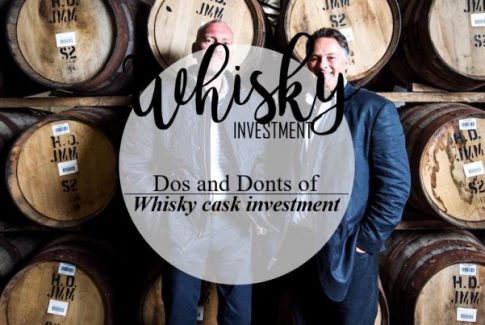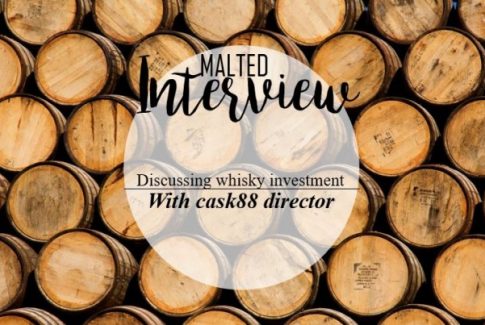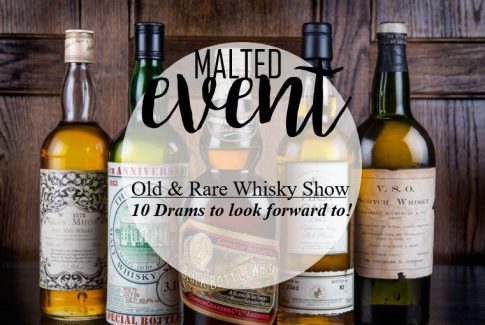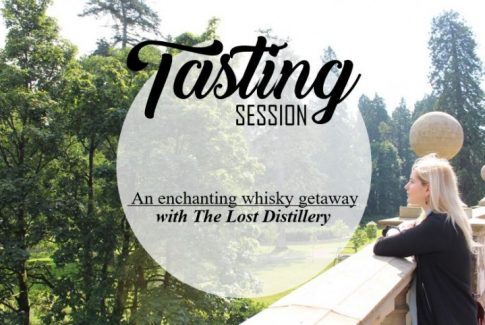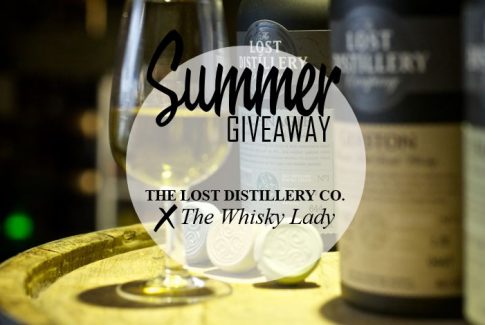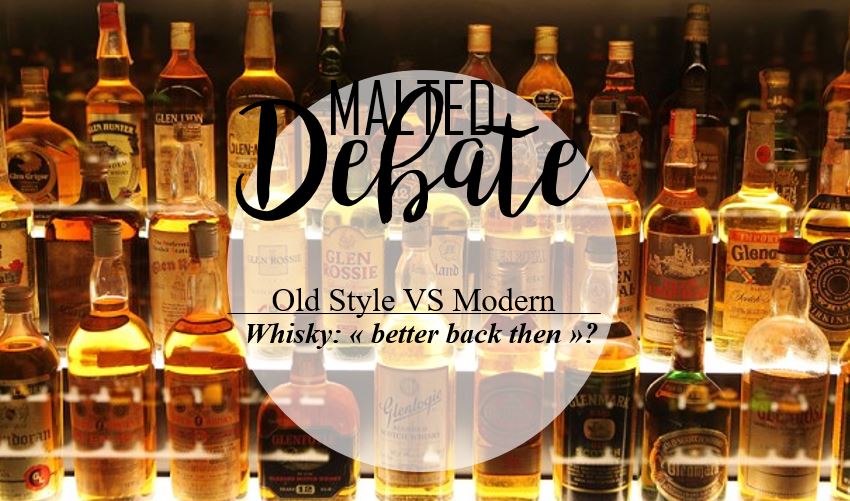

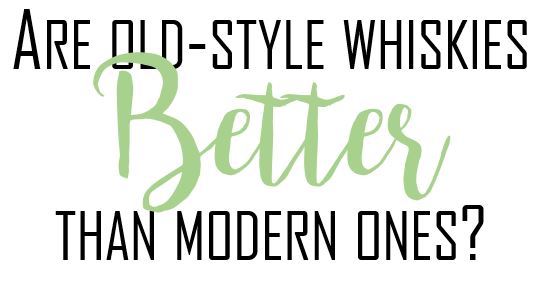


Sean Murphy – The Scotsman Food & Drink (also working at The Pot Still – Glasgow)
“In terms of production and quality? I’d say the technology and processes these days have been perfected to a stage that the whisky now, must surely be better than in the past; but then I do have a worry that many distilleries, in their push to satisfy demand may have lost a little of that original spirit character that made them their name and that by ironing out small flaws in the liquid to make it more perfect, may indeed have changed the flavour however imperceptibly.
If I was feeling slightly more cynical, I might even say the rise in cask usage reflects this, and that perhaps, as was hinted at by a former distillery manager I once interviewed, the increased reliance on wood is in many instances to mask this slight change?”
If I’m being honest though, I’d say that in some situations and with certain distilleries it has been true in my case that whisky made in previous decades has been better but I’m not convinced that’s industry wide and that mostly they have just been different experiences, each enjoyable on their own merits.”


Matthew Hofmann – Master Distiller at Westland Distillery (USA)

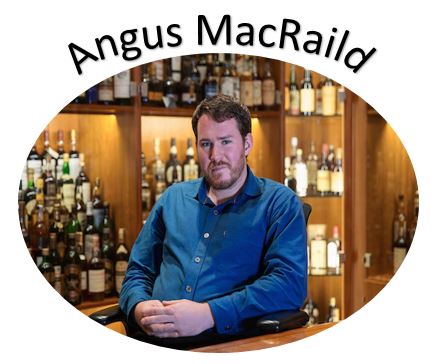

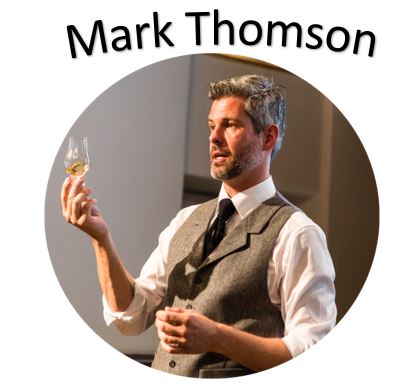
Mark Thomson – Glenfiddich Brand Ambassador
“Of course everyone wants the past – everything was different then. It’s human nature to reminisce and think of the plus instead of the negative – leading most to say everything was better in the good old days. But when you look at the number of whisky drinkers the (60-70’s) compared to now and then look at the growth of single malt (keeping in mind most glasses would have been filled with a blend) then it is clear that the industry needed to expand and progress.
With that, comes modern plant, cleaner working practice, better understanding of yeast and yield all leading to a consistent product. In turn this leads to those purists out there crying out to turn back time – but in all honesty, the average whisky drinker is happy with what they have, happy to explore the huge variety of young and old whiskies and find something they love. There are still plenty of wonderful whiskies out there for the purists to satisfy their thirst.
I think it is very difficult to compare. Whisky that is from a by-gone era that has been held in bottle for a number of decades changes in the bottle. It’s not maturing obviously, but here is a development in character. Sometimes it is beneficial, other times not. But one thing is for sure, to compare a 12 year old whisky today to a 12 year old whisky from 30 years ago, even from the same distillery is impossible.”

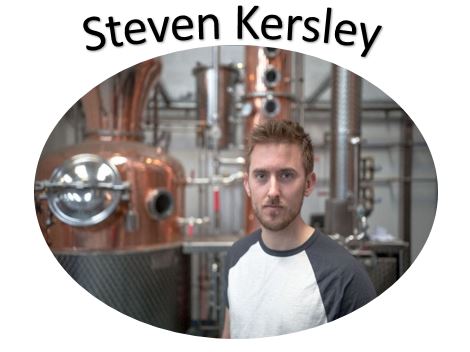
Steven Kersley – Master Distiller at Lone Wolf Distillery (Brewdog)
“This question has been simmering for the last few years and, for the most part, I’d say that it stems from Scotch whisky’s recent tear away success on the global stage. The global demand for Scotch and fans with deeps pockets have combined to create a skewed premiumisation at the top end of the market, which is further fueled by a burgeoning collector’s market.
The perception of many is that, in satisfying global demand, the industry has shamefully sacrificed spirit quality in favour of making a quick buck. Aye, it’s a moot point whether this is the sole reason but I think it gets us near to the centre of the debate. Having nosed and tasted whiskies bottled across different eras, there’s decent drams to be had irrespective of the year they were distilled. I don’t agree that the old school is superior but I do think that our industry has damaged its strong track record of high quality with recent releases.
.
Driving a fat bottom line with over premiumisation of brand and price hikes, coupled with average liquid, are not helping. A bottle will only be judged by its contents and so your leather boxes with gold leaf embroidery mean very little if the liquid’s shite. Whisky of old and new, follow the same process of creation (currently) and what fills a bottle is a decision.
The distillation date shouldn’t matter, the quality of that whisky lies with those who choose the casks from the warehouse. On current trajectory, the status quo will require realignment. Different styles are enjoying more success, the quality from fledging distillers is improving and there are increasing alternatives to Scotch.
Old vs Current vs Future is a more interesting conversation, and one I look forward to taking part in once Lone Wolf products start to hit the shelves.”

 .
.




